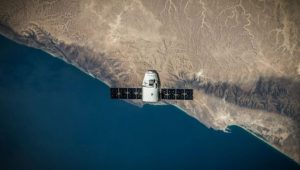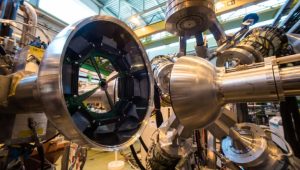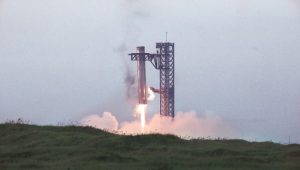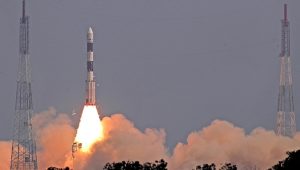For the groundbreaking international project LISA (Laser Interferometer Space Antenna), NASA has unveiled prototype telescopes to study gravitational waves—space-time distortions brought about by potent cosmic events like black hole collisions. LISA, a project of the European Space Agency (ESA) with a launch date of 2035, will send three spacecraft into orbit around the Sun in a triangular formation, more than 30 million miles behind Earth to find these elusive cosmic ripples.
Each spacecraft will house two of NASA’s newly revealed telescopes, which will work in sync by beaming lasers between each other to detect gravitational waves. These telescopes, made by L3Harris Technologies in New York, have gold-coated mirrors for improved reflection and a sturdy glass-ceramic material called Zerodur that keeps its shape even in the incredibly hot conditions of space.
Unlike ground-based observatories, LISA’s space-based telescopes can detect lower-frequency waves, revealing insights into supermassive black holes, stellar orbits, and even the early universe. NASA’s Ryan DeRosa noted that these prototypes mark a significant milestone toward building the final flight hardware.
Scientists hope to uncover mysteries about the universe’s origins and evolution by studying gravitational waves. According to NASA, “LISA will enhance our understanding of the unseen aspects of the universe.”















